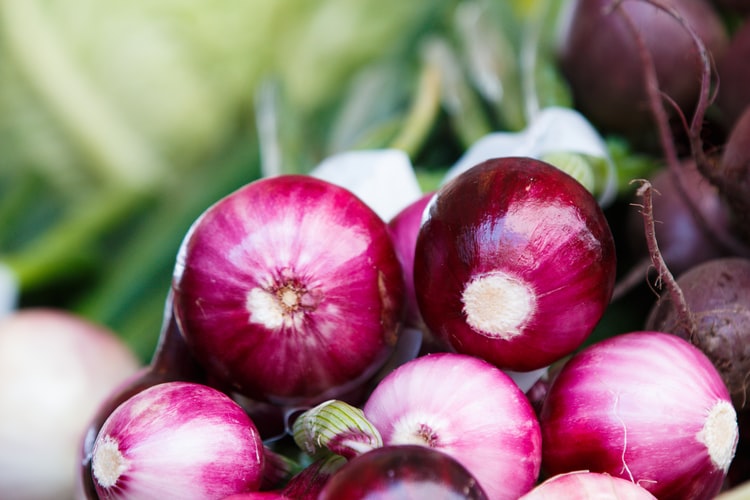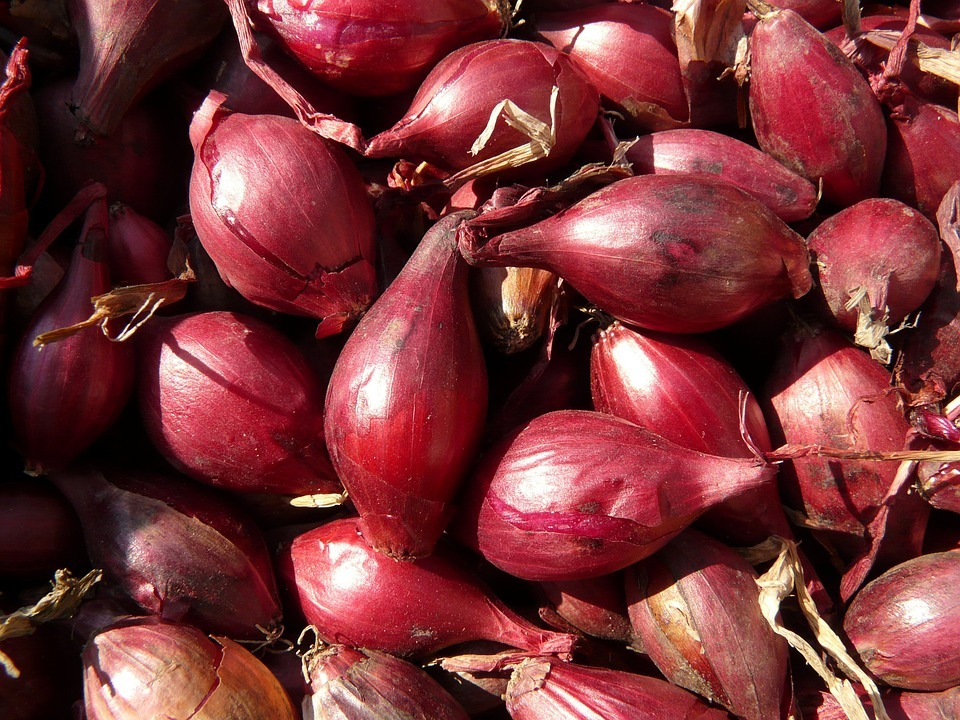What would our world be like onions? Onions are indispensable, and they add a baseline of sweet and earthy flavor to several cooked dishes. When they are served raw, they contribute a spicy accent. However, even if we use onions all the time, they can still be pretty confusing. There are several varieties of onions that are available in most markets, and it can be quite hard to determine which kind of onion should you use for your marinara sauce or pico de gallo. That’s why in this article, we are going to give you a guide on the different types of onions and their uses.
Types of Onions
Scallions
Scallions are one of the most versatile onions. They are long, thin, and they typically are not fatter than a finger. They have a bright white color with hollow dark green tops. You can use them raw and mix it right into any other dishes. Scallions have a mild onion flavor, and they are juicy and crunchy at the same time. Their dark green tops usually have a bit more taste to them, and they are mostly used as an accent, just like parsley or fresh chives.
Spring Onions
Although they look and taste similar to scallions, spring onions are actually just very young onions. They are pulled out of the ground when the onion is still immature. Spring onions have white bottoms and green tops. They have a bulb of onion at the bottom. They have a mild onion flavor with a hint of spiciness when they are eaten raw. But when cooked, they can taste sweet and tender.
Vidalias
Also known as ovoid, squat, and sweet yellow onion, this type of onion is typically grown around the town of Vidalia, Georgia. Vidalias have extremely low pyruvic acid content. That’s why they are considered to be the mildest onion. This onion has narrow at the stem and root but wide around the middle. It has a thin, light, and papery yellow skin. Vidalias taste super sweet, and they are also crispy, which makes them ideal for eating raw.
Yellow Onions
Studies show that yellow onions are undoubtedly America’s favorite onion. In fact, about 90 percent of onions that are grown in the US are yellow. The larger and sweeter yellow onions are often called Spanish onions, and they are a milder choice if you want to use them raw. Yellow onion’s size can range from the size of a golf ball to a softball. They usually have a light yellow flesh with golden papery skin. They have an assertive flavor when raw, but they turn sweet when cooked. Yellow onions are perfect for long-cooking in braises, stews, and soups. They also taste great when they are caramelized.
White Onions
Most people cannot differentiate white onions and yellow onions. Well, white onions have a sweeter and cleaner flavor. However, they don’t last quite as well as yellow onions do. They grow in the same size as the yellow onion, but they have a milder flavor, and they can be eaten raw. White onions are perfect for salads, sandwiches, or topped over a pizza. They are also a great addition to picadillo and huevos rancheros.
Red Onions
Even if they have a pungent smell and a spicy taste, red onions are still great for eating raw, and they add brightness and crunchiness to several dishes. You can spot red onions all the time at the supermarket, and they are usually next to the yellow onions. However, this type of onion only makes up about eight percent of the onion market in the United States. Red onions can grow into the size of a golf ball to a softball, and they have a maroon flesh along with a dark red, papery skin. They have an assertive and spicy taste when they are raw, but they develop a sweeter flavor when cooked. Red onions are typically used in salads, tacos, and ceviche.
Shallots
Shallots are often found in French foods, they are even in classic sauces like the mignonette. Shallots are also popular in Asian dishes where they are often ground into curry pastes or crisp-fried. Shallots come in a wide range of shapes and sizes, but they are usually small, slender, and has a lighter color compared to the red onions. Shallots have a milder flavor than red onions, but they have an assertive flavor compared to the yellow onion.
Leeks
They might look a lot like scallions, but they are entirely different parts. Leeks are larger than their spring counterparts, and they have white portions that are sweet and tender. However, their dark green tops are woody, and they are perfect for flavoring stocks. They have an extremely mild flavor with a hint of sweetness, and leeks can be fibrous; that’s why they aren’t eaten raw.
Pearl Onions
Pearl onions are tiny and sweet. They come in different colors, such as red, yellow, and their most common color, white. They look like regular onions, but they have the size of a jawbreaker. Pearl onions have a milder and sweeter taste compared to bulb onions. You can simply glaze, cream, or pickle the pearl onion.





